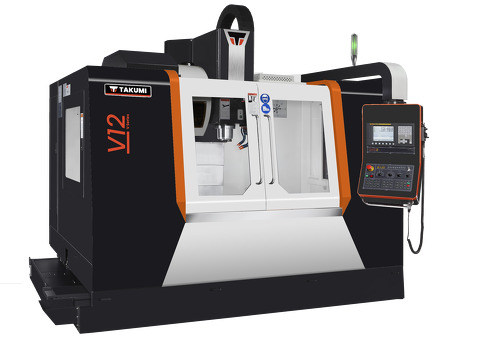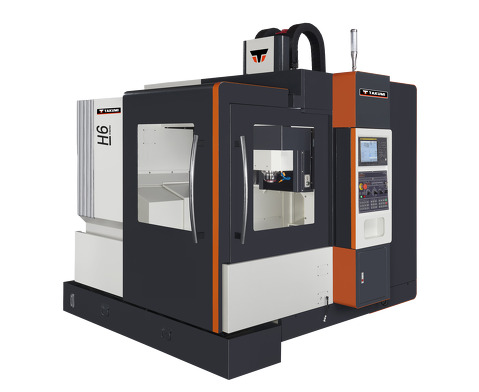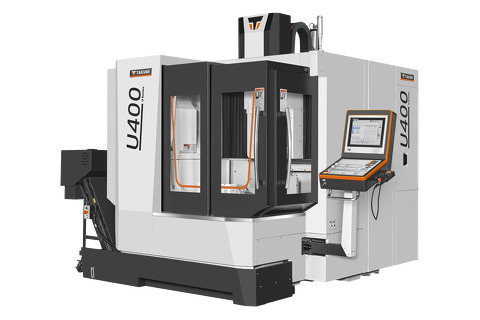- Machining center
- Control
- News & Media
- Company
- Blog
- Contact
Ultimate Guide to the Top Five Vertical CNC Machines Compared for Best Performance
In the rapidly evolving landscape of manufacturing, vertical CNC machines have emerged as pivotal players due to their precision and efficiency. According to a report by MarketsandMarkets, the global CNC machine market is expected to reach $117.21 billion by 2025, growing at a CAGR of 6.0%. This growth is fueled by the increasing demand for automated manufacturing processes and the need for higher production rates across various industries, including aerospace, automotive, and medical device manufacturing.
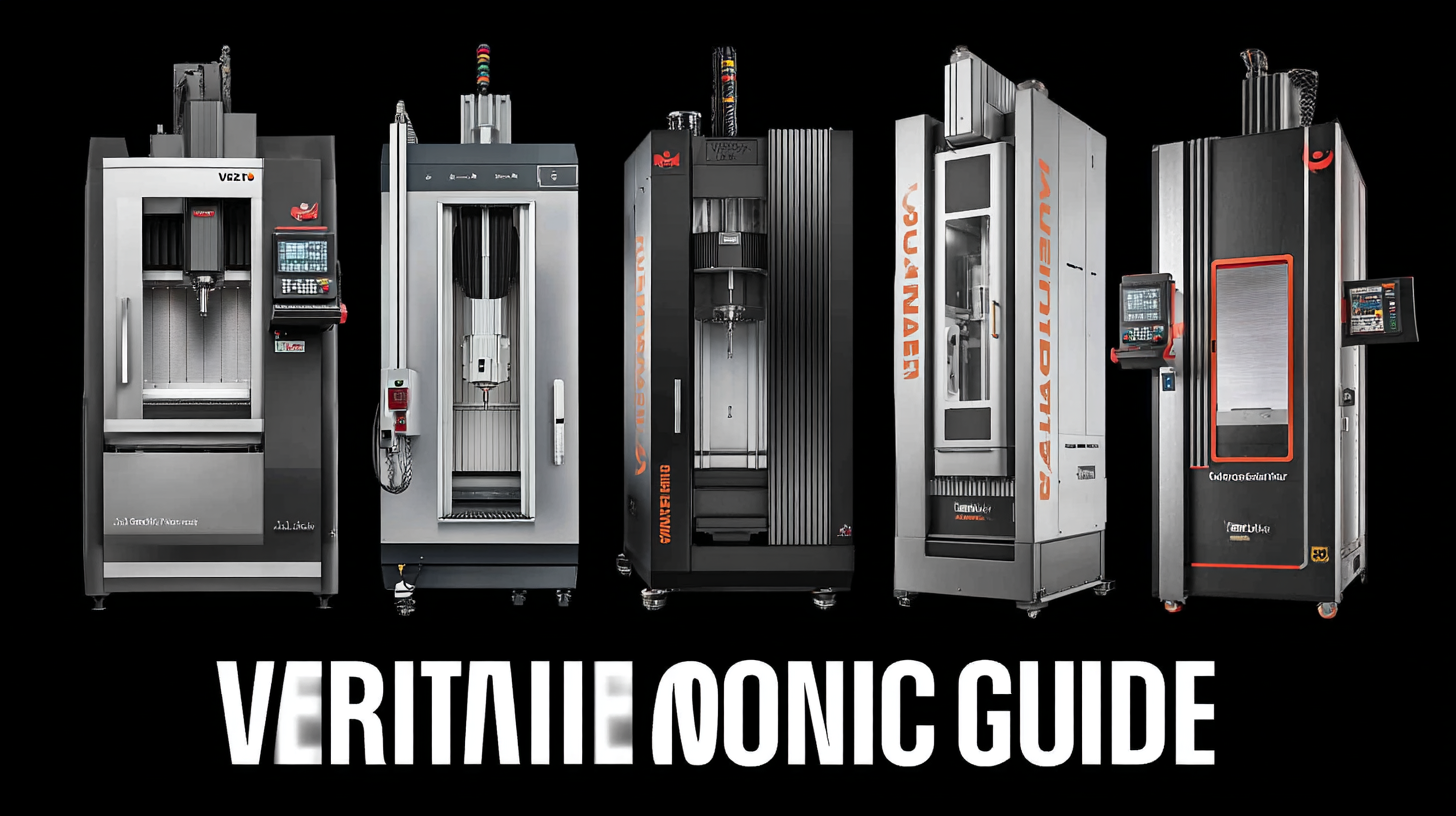
Understanding Vertical CNC Machines: Key Features and Benefits
Vertical CNC machines have become a cornerstone in modern manufacturing, offering precision and efficiency that traditional machining methods often cannot match. These machines operate with a vertical spindle orientation, allowing for better visibility and access to the workspace. This design minimizes the risk of tool wear during extended machining processes, ultimately improving the quality of the workpiece. The ability to handle a wide range of materials, from metals to plastics, makes vertical CNC machines highly versatile, accommodating the unique needs of diverse industries.
Key features of vertical CNC machines include automatic tool changers, increased rigidity in design, and advanced control systems that facilitate complex machining operations. The integration of software like CAD/CAM allows for rapid prototyping and highly detailed designs, making it easier for manufacturers to adapt to changing market demands. Moreover, the enhanced safety features and user-friendly interfaces contribute to a smoother workflow, reducing operational downtime and maximizing productivity. Understanding these key benefits empowers businesses to make informed decisions when investing in vertical CNC technology for improved performance and innovation.
Top Five Vertical CNC Machines: Performance Comparisons and Insights
When it comes to vertical CNC machines, performance is paramount for achieving precision and efficiency in manufacturing. In this comparative analysis, we delve into five top contenders in the vertical CNC machine market. Recent industry reports indicate that the global CNC machine market is projected to reach $100 billion by 2028, driven by advancements in technology and increasing automation in various sectors. Among these machines, the Haas VF-2 offers exceptional reliability, boasting a repeatability of ±0.0002 inches, making it a favorite in the aerospace and automotive industries.
Another standout is the DMG MORI DMU 50, renowned for its versatility and equipped with an integrated rotary table that enhances multi-faceted machining capabilities. According to a study by MarketsandMarkets, the demand for advanced CNC machines like the DMU 50 has surged, with a projected annual growth rate of 7.5% over the next five years. Users appreciate its user-friendly interface and robust software capabilities, which not only streamline operations but also minimize setup time, ultimately contributing to greater productivity on the shop floor. This performance-focused comparison highlights the significant impact these vertical CNC machines have on improving overall manufacturing efficiency.
Ultimate Guide to the Top Five Vertical CNC Machines Compared for Best Performance
| Machine Model | Maximum Spindle Speed (RPM) | Work Envelope (X x Y x Z) (mm) | Tool Capacity | Precision (mm) | Price Range |
|---|---|---|---|---|---|
| Model A | 12000 | 800 x 500 x 500 | 24 | 0.005 | $50,000 - $60,000 |
| Model B | 15000 | 1000 x 600 x 600 | 30 | 0.003 | $70,000 - $80,000 |
| Model C | 10000 | 600 x 400 x 400 | 20 | 0.007 | $40,000 - $50,000 |
| Model D | 16000 | 1200 x 800 x 800 | 40 | 0.002 | $90,000 - $100,000 |
| Model E | 13000 | 900 x 700 x 700 | 25 | 0.004 | $60,000 - $70,000 |
Import and Export Certifications in CNC Machinery: What You Need to Know
When investing in vertical CNC machines, understanding the import and export certifications is crucial for ensuring compliance and optimal machine performance. Certifications such as CE, ISO, and RoHS can significantly impact the machine's marketability and operational integrity. For manufacturers looking to import or export CNC machinery, these certifications act as a mark of quality and reliability, assuring customers that the equipment meets stringent safety and efficiency standards.
Additionally, navigating the complexities of international trade regulations is essential. Different countries may have varying requirements for certifications, affecting the ease of entry into foreign markets. Ensuring that your CNC machines possess the necessary documentation can streamline this process and facilitate smoother transactions, enhancing your competitiveness in the global market. By proactively addressing these certification requirements, manufacturers can not only avoid potential legal issues but also build trust with their customer base, positioning themselves as leaders in the CNC machinery space.
Ultimate Guide to the Top Five Vertical CNC Machines Compared for Best Performance
This chart compares the performance ratings of the top five vertical CNC machines. Each machine is rated on a scale from 1 to 10 based on its overall performance, which can help in deciding which machine might be the best fit for specific needs.
Essential Digital Technologies Enhancing Vertical CNC Machine Performance
In today’s machining landscape, digital technologies play a crucial role in enhancing the performance of vertical CNC machines. With advancements such as adaptive feed control and real-time monitoring systems, manufacturers can achieve unprecedented levels of precision and efficiency. Adaptive feed control allows machines to adjust their cutting speed and feed rate based on the material properties and tooling conditions, significantly reducing the risk of tool wear and ensuring optimal cutting performance.
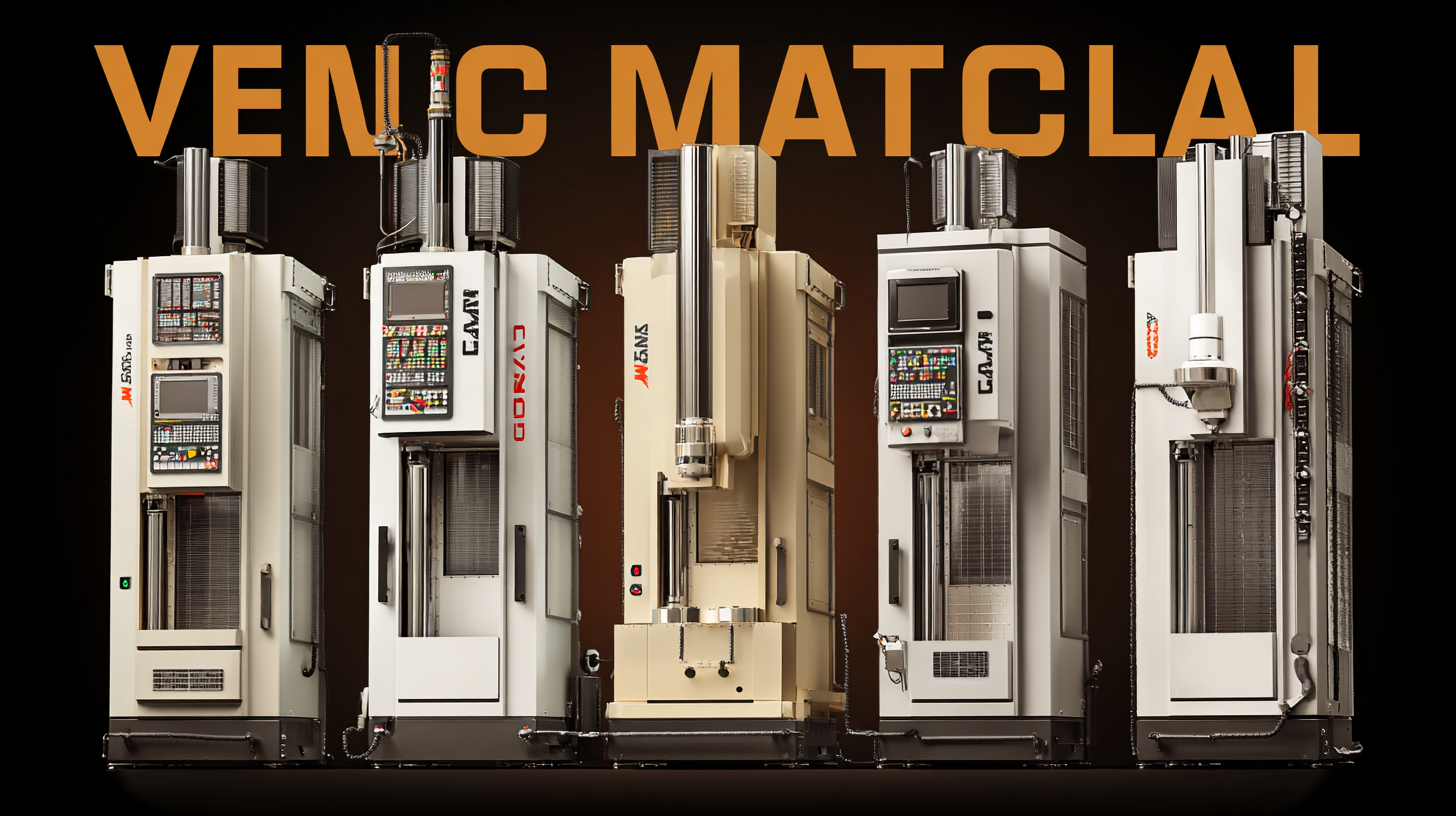
Moreover, the integration of IoT (Internet of Things) in CNC machining brings a wealth of data analytics capabilities. By leveraging sensors and cloud connectivity, operators can gain insights into machine performance, enabling predictive maintenance and minimizing downtime. This data-driven approach not only enhances productivity but also optimizes resource usage, leading to cost savings in the long run. As vertical CNC machines continue to incorporate these essential digital technologies, they are setting new benchmarks for performance and reliability in the manufacturing sector.
Choosing the Right Type of Vertical CNC Machine for Your Business Needs
When selecting the right type of vertical CNC machine for your business needs, it is essential to consider several factors. These machines are typically preferred for their precision and efficiency in a variety of applications, from small production runs to large-scale manufacturing. Evaluate the specific materials you will be working with, as different machines may have varying capabilities in handling metals, plastics, or composites.
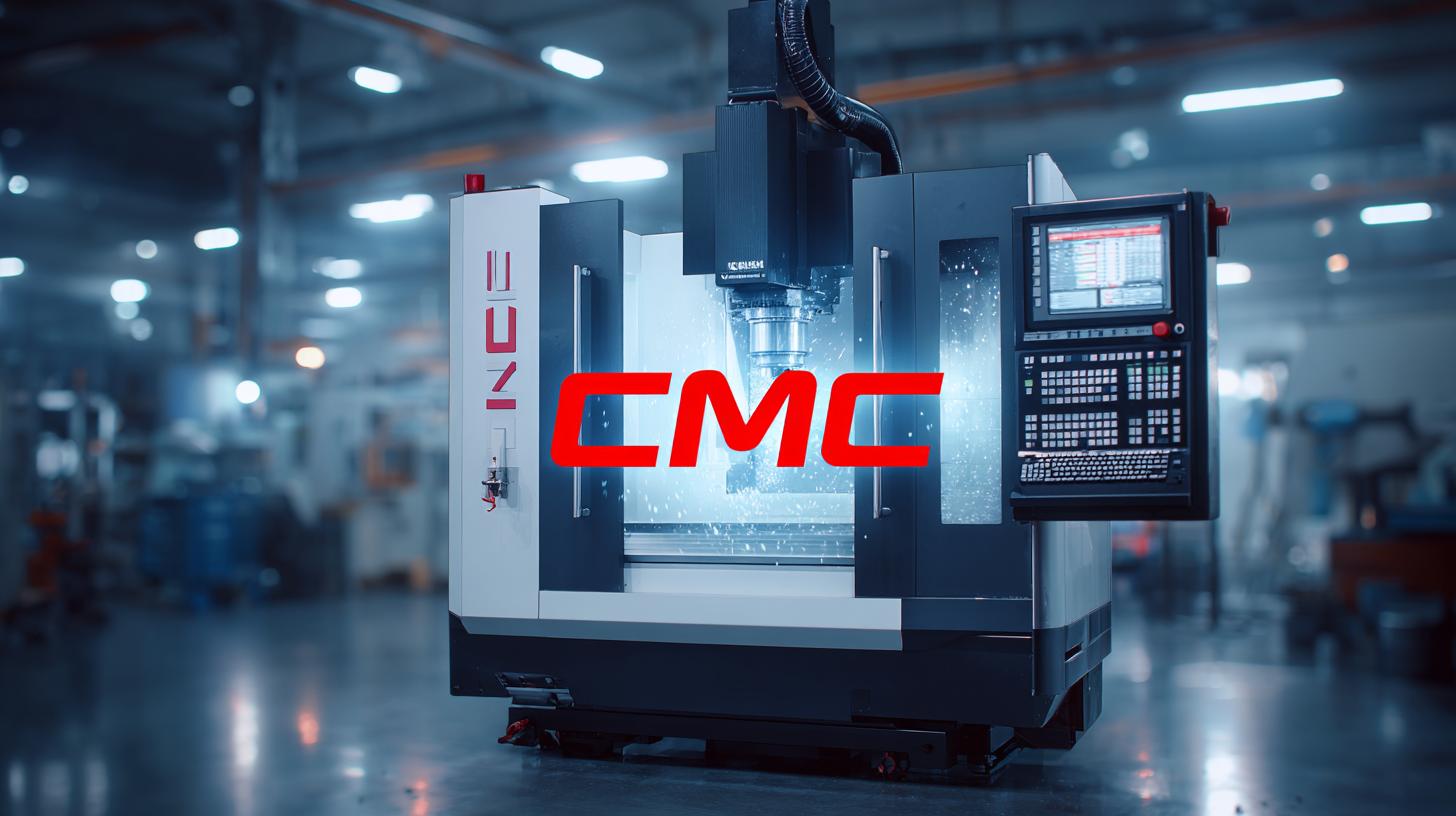
Tips: Determine your workflow requirements, including the size and complexity of the parts you need to produce. If your projects involve intricate designs, opt for machines with advanced capabilities like high-speed spindles and multi-axis functions. Ensure that you also assess the software compatibility of the machine with your existing systems.
Another aspect to consider is the machine’s overall size and footprint. If your workshop has limited space, you may need to prioritize compact designs that still deliver strong performance. Additionally, don’t overlook maintenance considerations; machines that are easier to service can significantly reduce downtime and operating costs.
Tips: Investigate the available support and training from the manufacturer, as these can greatly impact your team's efficiency and proficiency with the new equipment. Finally, consider the scalability of the machine; choosing a model that can adapt to your growing business will provide long-term benefits.
